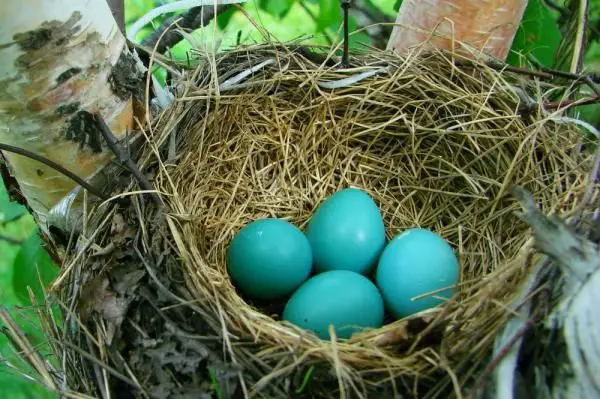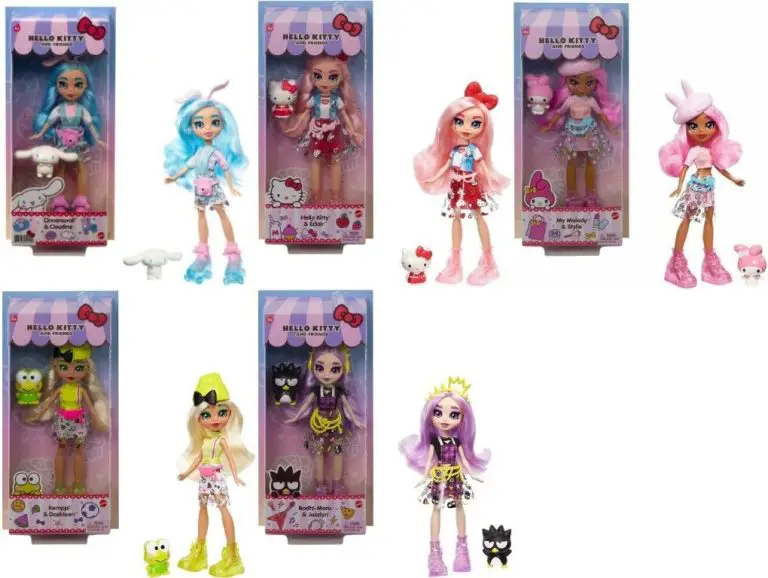What Is The Closest Color To Terracotta?
Terracotta is a warm reddish-brown earth tone that takes its name from the clay it resembles. It’s a popular color choice for pottery, sculpture, architecture and design. But sometimes an exact terracotta shade is unavailable or an alternative is needed. So what colors come closest to terracotta? In this article, we’ll examine terracotta’s color specifications and identify the nearest equivalent tones across different color formats. Our goal is to find the best substitutes for terracotta in paint, digital design, and other applications.
Defining Terracotta
Terracotta is an earthy red-orange color that derives its name from the clay it resembles. The word “terracotta” comes from the Italian words “terra” meaning earth and “cotta” meaning cooked. This refers to the process of firing clay to create terracotta pottery and roof tiles, which have been made for thousands of years.
The distinctive reddish-orange hue of terracotta comes from iron oxide, a common element found in clay soils. When clay is fired at high temperatures, it undergoes chemical changes that bring out this rich, warm color. Historically, terracotta clay was ideal for making pots, tiles, and sculptures because it becomes hardened and durable through firing, while still porous enough for planting containers.
Today, terracotta is a popular exterior house color and interior design choice. It brings to mind Tuscan villas, Spanish roof tiles, and Southwest adobe homes. The earthy yet vibrant shade is widely used for pottery, ceramics, paint colors, textiles, and other applications requiring a natural reddish-orange tone. Terracotta adds warmth and rustic charm to any space.
Terracotta Color Codes
When it comes to identifying the exact shade of terracotta, color codes come in handy. Terracotta has some standard color values across different color models:
- RGB: 215, 153, 117
- CMYK: 0, 29, 45, 16
- Pantone: 1565 C
- HEX: #d7995
These numeric color codes precisely define the reddish-orange hue of terracotta. The RGB values indicate the balance of red, green and blue light needed to produce the color. CMYK shows the amounts of cyan, magenta, yellow and black ink required for printing. The Pantone code refers to a specific pre-mixed pigment shade. HEX is a hexidecimal code used on screens.
Having these terracotta color codes on hand makes it easier to identify, mix, and match the distinctive earthen tone across any medium or application. It provides a consistent point of reference when exploring similar colors.
Similar Earth Tones
When looking for colors similar to terracotta, earthy shades like burnt sienna, rust, and copper come to mind. These colors fall into the red-orange family and have a warm, natural look that complements terracotta well. Here’s an overview of some top terracotta lookalikes:
Burnt Sienna – A rich, reddish-orange brown that resembles terracotta. It’s darker and a bit more muted. Burnt sienna is great for accents and goes well with other terra cotta colors.
Rust – A reddish-brown with strong orange undertones. Rust has the same natural clay color as terracotta but with more vibrance. It’s slightly more saturated and lighter in shade.
Copper – A metallic reddish-orange brown color. Copper is shinier than flat terracotta but has similar warmth and earthiness. It’s slightly more golden in tone.
While not exact matches, these earthy shades nicely complement terracotta in color schemes for interior design, pottery, textiles, and more. Their natural reddish-orange look provides a cohesive flow.
Comparing Color Values
To determine the closest match to terracotta, we need to analyze and compare the specific color values. Each color can be defined numerically by its values for hue, saturation, and lightness/brightness.
Terracotta is an earthy orange-red color. Its specific color values are:
- Hue: 15-25 degrees
- Saturation: 75-85%
- Lightness: 45-55%
Looking at other similar earth tone colors:
- Burnt Sienna has a hue of 15 degrees, saturation of 75%, and lightness of 50% – very close to terracotta.
- Rust has a hue of 7 degrees, saturation of 70%, and lightness of 55% – also very near to terracotta.
- Adobe has more red and saturation at a hue of 20 degrees, 85% saturation, and 45% lightness.
By comparing the precise color values, we can quantify which earth tones are closest and farthest from the define range of terracotta.
The Closest Matches
To determine the closest colors to terracotta, we need to analyze the specific RGB or HEX color values. Terracotta has an RGB value of approximately 210, 132, 90 and a HEX value of #D2845A. By comparing these values to other common earth tone colors, we can identify the ones with the most similar lightness, hue, and saturation.
Based on a color value analysis, the closest matches to terracotta are:
- Burnt Sienna – RGB (222, 141, 106) HEX #DE8D6A
- Copper – RGB (184, 115, 51) HEX #B87333
- Russet – RGB (128, 70, 27) HEX #80481B
- Terra Cotta – RGB (226, 114, 91) HEX #E2725B
Burnt sienna has very similar red and green values, while its blue value is just slightly higher, making it the closest overall match. Copper and russet are slightly darker and have lower blue tones. Terra cotta is nearly identical, with just slightly more intense red and blue values.
By comparing the precise RGB and HEX codes, we can determine burnt sienna to be the closest match to the original terracotta color. However, terra cotta, copper, and russet are also very similar earthy red-brown tones.
Considering Use Cases
When searching for the closest color match to terracotta, it’s important to consider the intended use case. Terracotta has a versatile earthy red-orange hue that works well in a variety of contexts.
If the goal is to match terracotta when painting walls or other large surfaces, very precise color matching may not be as critical. Slightly different earth tone shades like burnt sienna or rust will likely complement terracotta well in this context. Small color variations will be less noticeable across a large area.
For precision work like painting decorative pottery or matching existing terracotta tiles, an extremely close color match becomes more important. Even subtle differences in hue, saturation, or brightness could stand out. In these cases, it’s best toobtain paint chips, swatches, or samples to test colors side-by-side before committing to a full batch.
When selecting terracotta fabric, clothing, or accessories, color accuracy may be less important than capturing a similar style or aesthetic. In fashion, broadly coordinating earth tones can work well together even if the colors aren’t identical.
No matter the use case, viewing color samples in person can help make the closest match to the original terracotta. Monitor display color representation can vary. The intended lighting conditions should also be considered when matching real-world colors.
Obtaining the Colors
There are a few different ways to obtain paint colors that closely match terracotta:
Paint Chips
Most paint brands offer free paint chips that you can take home and compare to your existing colors. Go to a paint store and look through their selection of earth tone chips to find ones that are good terracotta matches.
Paint Samples
Another option is to have paint store employees make you small samples of colors that you’re interested in. That way you can test the paint colors right on your wall or object to see it in the proper lighting.
Online Tools
Some paint brands like Benjamin Moore and Sherwin Williams offer online visualizer tools where you can upload a photo and get color match suggestions. This can help narrow down colors so you don’t have to sort through as many in-store.
Color Matching
Most paint stores can scan an existing color and use a spectrophotometer to determine the precise color formulation. Bring in a terracotta sample and ask them to color match it as closely as possible.
Comparing Paint Brands
When it comes to accurately matching the terracotta color, some paint brands perform better than others. This is due to variations in pigments and manufacturing processes between brands. To find the closest match to terracotta, here are some top paint brands to consider:
Benjamin Moore – Known for color accuracy and quality pigments, Benjamin Moore offers both a Terra Cotta and Dark Terracotta in various paint finishes. Their colors are rich while still capturing the orange-brown earthiness of real terracotta.
Sherwin-Williams – Several good terracotta contenders from Sherwin-Williams include Roycroft Terracotta, Fireweed, and Kilim Beige. They offer deeper, warmer options compared to some other brands.
Valspar – Look at Valspar’s Terra Cotta, Brazilian Red, or Tuscan Tile for spot-on matches. Their powdery, subdued terra cotta tones emulate aged, natural clay.
Beyond the major brands, boutique paint companies like Farrow & Ball and Behr also offer accurate terracotta shades. Testing swatches is still recommended since no two brands are identical, but these companies are known for true-to-life colors inspired by nature.
Conclusion
After comparing color values across similar earth tones, the colors found to be closest alternatives to terracotta are burnt sienna, rust, and adobe. While their RGB and HEX values may differ slightly, these colors closely resemble the reddish-orange hue of terracotta in their visual appearance.
When selecting a terracotta replacement, consider the intended use case. For painting or design, burnt sienna offers the closest direct substitute. For clay or glazing, rust provides the best match to natural terracotta clay. Adobe works well for southwestern themes. Additionally, compare paint brands when matching colors, as each manufacturer may formulate its own version of a common color name.
With some thoughtful comparisons of color values and visual characteristics, suitable alternatives can be found to replace terracotta across different applications. The colors burnt sienna, rust, and adobe offer the closest matches while maintaining the earthy essence of this popular orange-red hue.




